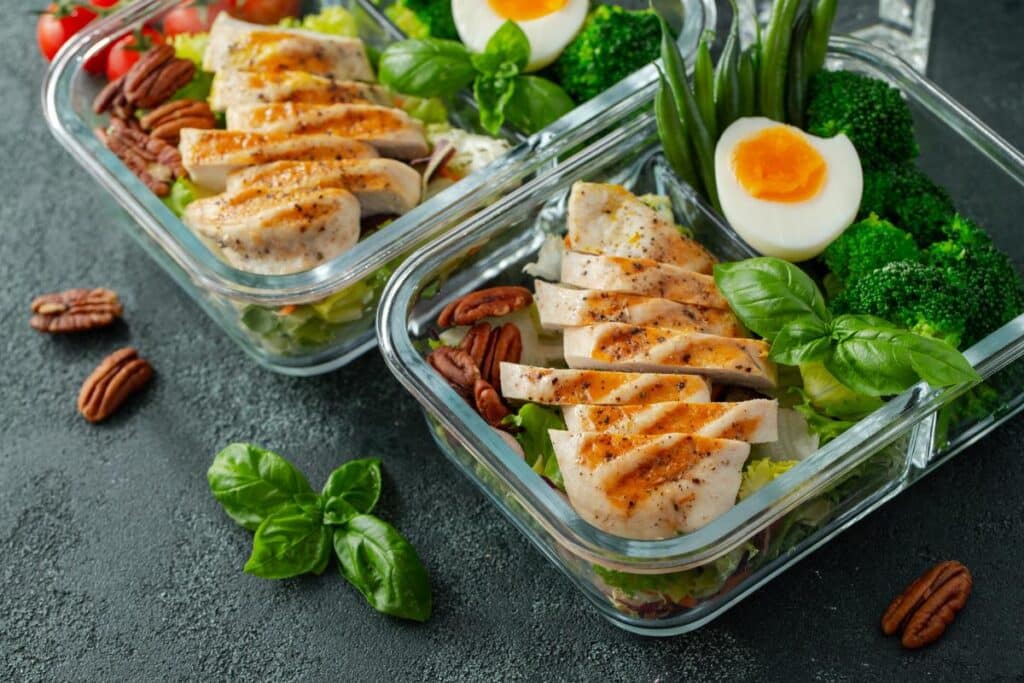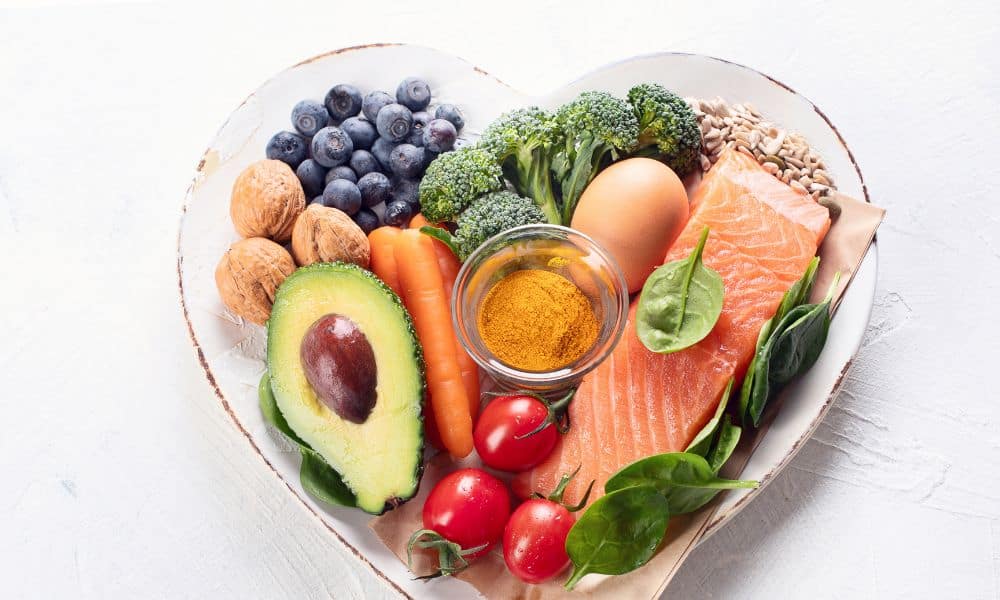When it comes to healthy eating, striking a balance between maintaining a low-calorie intake and ensuring you meet your macros, vitamins, and minerals can be a challenging task. But with the concept of volume eating for macros and micronutrients, you can enjoy larger portions of nutrient-dense foods while keeping calories in check.
In this article, we’ll delve into the art of volume eating for macros and micronutrients, providing practical tips to hit your macros and meet your vitamin and mineral requirements, all while maintaining an excellent readability and SEO score.
- Unlocking the Power of Volume Eating:
Discover how volume eating can revolutionize your approach to nutrition. - The Importance of Macros:
Understand the role of macronutrients and how to balance them in your volume eating plan. - Micronutrients Matter:
Learn why vitamins and minerals are crucial and how to incorporate them into your low-calorie meals. - Practical Strategies for Volume Eating:
Explore actionable tips for optimizing your volume eating plan.
Unlocking the Power of Volume Eating
Volume eating for macros and micronutrients is a dietary strategy that focuses on consuming foods that have a low calorie density but are high in nutrients. Also, by doing so, you can enjoy larger portions of food, keep your stomach satisfied, and still maintain a calorie deficit for weight management or fat loss.
The Importance of Macros
- Protein: Prioritize protein-rich foods like lean meats, tofu, and legumes to support muscle maintenance and satiety.
- Carbohydrates: Opt for complex carbs such as whole grains, fruits, and vegetables, which provide steady energy and essential vitamins and minerals.
- Fats: Choose healthy fats like avocados, nuts, and olive oil to support overall health and aid in nutrient absorption.
Micronutrients Matter
Vitamins and minerals are essential for various bodily functions. Subsequently, to meet your micronutrient needs while volume eating for macros and micronutrients do the follow:
- Load Up on Vegetables: Fill your plate with colorful veggies for vitamins A, C, and K, as well as minerals like potassium and folate.
- Incorporate Fruits: Enjoy a variety of fruits for vitamin C, potassium, and fiber.
- Include Lean Proteins: Lean meats and seafood provide essential minerals like iron, zinc, and magnesium.
Practical Strategies for Volume Eating
- Choose Fiber-Rich Foods: Foods high in fiber, like whole grains, legumes, and leafy greens, add bulk to your meals, keeping you full for longer.
- Prioritize Hydration: Staying well-hydrated can help control appetite. Drink water or herbal tea with your meals.
- Practice Mindful Eating: Slow down and savor your food. This can prevent overeating and help you enjoy your meals more.
Conclusion
In conclusion, volume eating for macros and micronutrients allows you to enjoy satisfying portions while managing your calorie intake effectively. Also, by balancing your macros and ensuring you get a wide range of vitamins and minerals, you can maintain a healthy, nutrient-rich diet without sacrificing taste or satisfaction. Thus, start incorporating volume eating into your daily routine, and you’ll be well on your way to achieving your nutrition goals while optimizing your SEO and readability.
Finally, if you are on a weight loss journey, share this article on Facebook or Twitter to help others learn more about losing weight.




